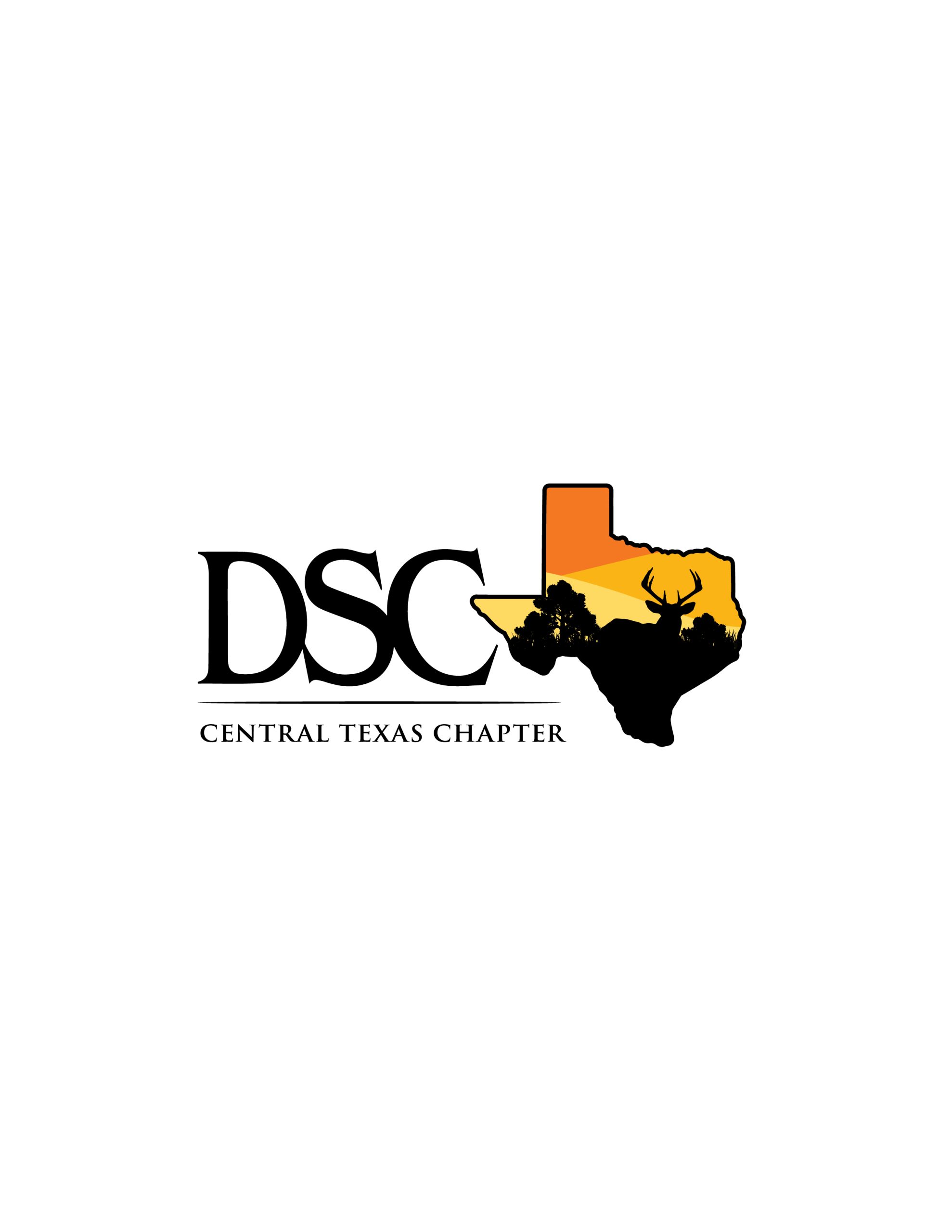Kentucky Lighting Way for Elk
What started as a reintroduction of over 1,500 wild eastern elk twenty years ago is now a thriving Kentucky population of over 13,000 individuals. The population has been brought to light as a new study led by Jordan Youngmann confirms unprecedented strong genetic diversity within the current population. The original reintroduction took place first in 1998 and again in 2002. Wildlife professionals also chose to translocate elk from different areas to increase diversity in the population. The choice to use a large number of animals from a range of sources could be the secret ingredient for success that many states may follow in the future.
Source: Journal of Wildlife Management, The Wildlife Society
Squirrels: The Heroes Owls Need
Are squirrels better at conservation than humans? In the case of the western burrowing owl, the answer is a clear yes! A new study, co-authored with several scientists at the San Diego Zoo Institute for Conservation Research, reveals how some more common species can play an active role in conservation. Take the California ground squirrel, for example. Researchers translocated squirrels from areas of conflict with landowners and brought them into viable habitat to create the burrows that are missing in the struggling western burrowing owls’ habitat. Previously, wildlife professionals had to create holes in the ecosystem where they wanted to move the owls, but it turns out the squirrels naturally make better and longer-lasting holes. This solution also frees up the time and resources of requiring human hands to do the work.
Source: Animal Conservation, The Wildlife Society
Romania Participates in First Continent-Wide Lynx Effort
While researchers in the U.S. have translocated animals from one state to another, Romania just participated in its first European-level population translocation effort by releasing one of its Eurasian lynx in both Slovenia and Croatia. The current project will see 14 lynx from Slovakia and Romania to Slovenia and Croatia. The initial reintroduction of the Dinaric Mountain area started in 1973 through the efforts of hunters, foresters and biologists alike. While it has been generally successful, the population is in need of genetic diversity to continue adapting and evolving.
Source: BBC Wildlife Magazine
Western Burrowing Owl Photo by William Radke, USFWS Pacific Region



